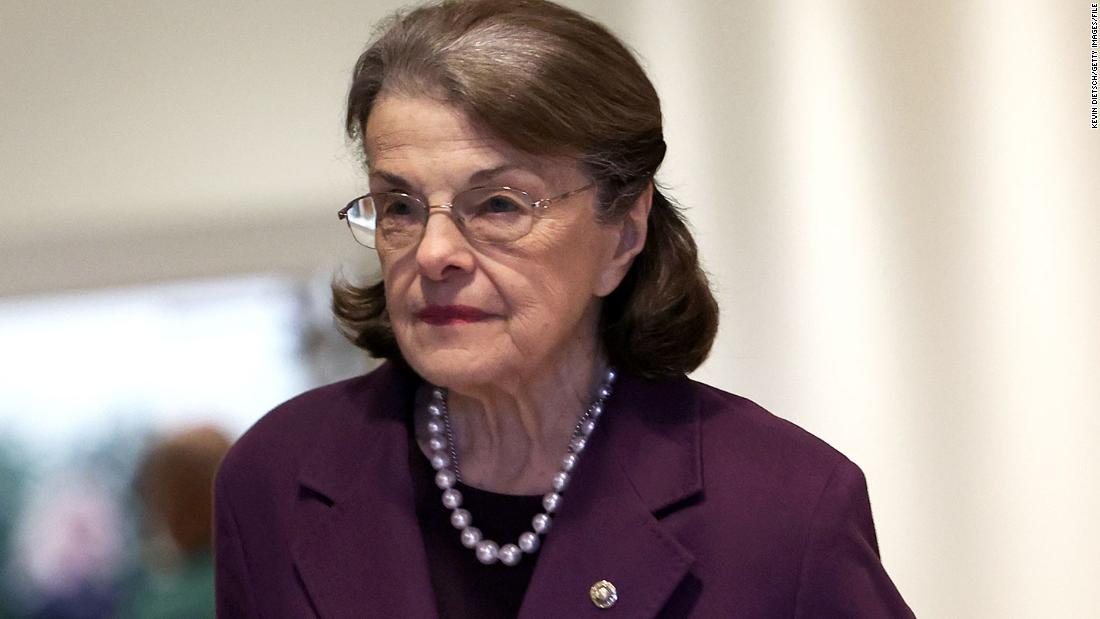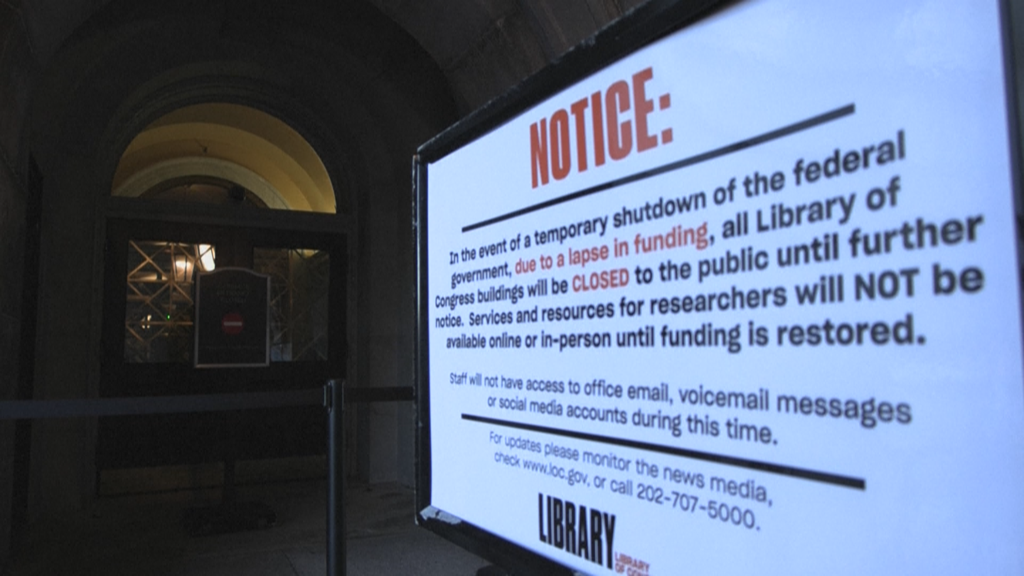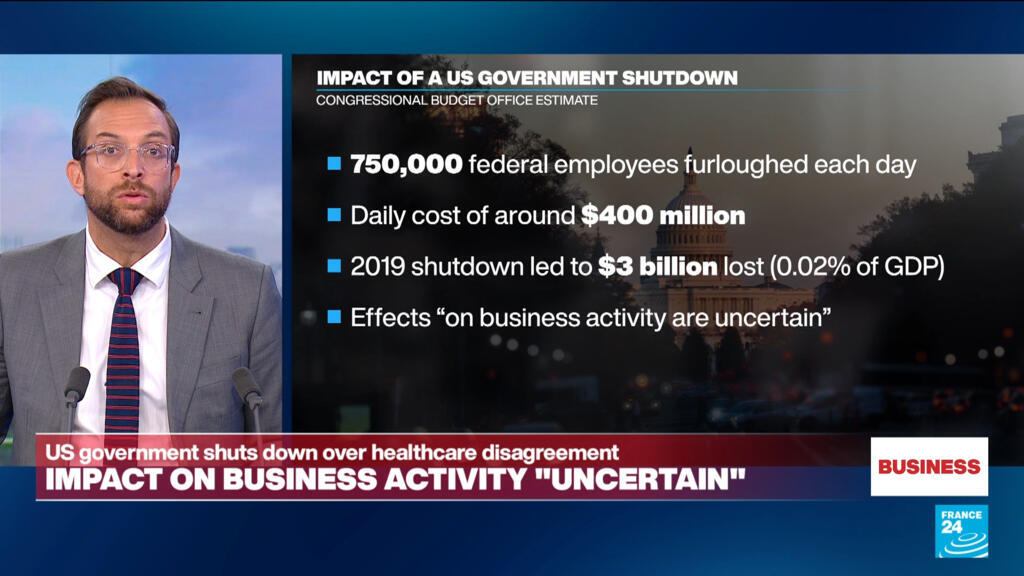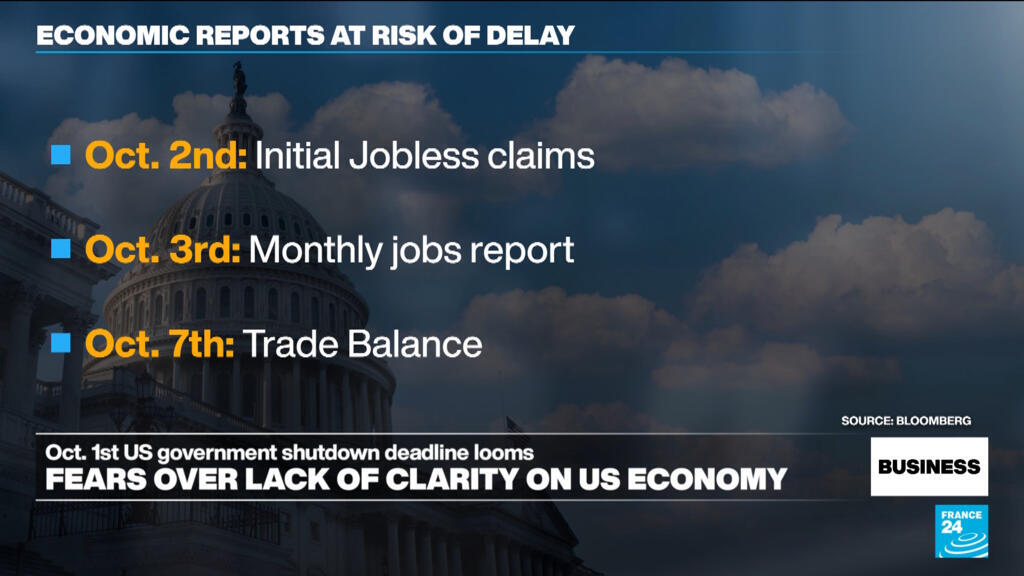Crypto Fundraising Surges Mid-October as 2025 Totals Near $19 Billion
By mid-October 2025, crypto and blockchain startups had raised over $2.5 billion, bringing total funding for the year close to $19 billion. The surge has caught analysts off guard, suggesting 2025 could end as one of the strongest years for digital-asset investment since 2021. The latest rounds signal renewed—and deeper—institutional confidence after two years of […] The post Crypto Fundraising Surges Mid-October as 2025 Totals Near $19 Billion appeared first on Houston Press.


By mid-October 2025, crypto and blockchain startups had raised over $2.5 billion, bringing total funding for the year close to $19 billion. The surge has caught analysts off guard, suggesting 2025 could end as one of the strongest years for digital-asset investment since 2021. The latest rounds signal renewed—and deeper—institutional confidence after two years of cautious distance.
That fundraising sprint also intersects with what screens are tracking this fall: rolling lists of newly launched networks, payment tools, and wallet tokens. Roundups of the best new crypto coins read less like hype reels and more like product catalogs—staking mechanics, fee discounts, point-of-sale tie-ins—features investors can actually diligence. The throughline is utility; projects promising usable rails or clear incentives are the ones earning space on watchlists.
Recent examples span infrastructure and consumer-facing tools. Several new platforms are emphasizing faster settlement layers, simplified crypto payments, and integrated staking systems designed for everyday users. Others highlight low-fee wallets, flexible reward models, and cross-chain access points that prioritize speed and transparency. Each concept leans on function over flash—the sort of grounded detail that professional investors scrutinize before committing capital.
For Houston’s founders and funds, the signal is straightforward: attention is shifting to tangible integrations—payments, custody, scalable L2 throughput—over narrative alone. That focus helps explain the appetite for sizeable, single-name bets in October, setting the stage for deals shaping the tone of Q4 2025.
The month’s largest raise came from a blockchain prediction-market startup that drew roughly $2 billion in strategic funding from a major global exchange, valuing the company at nearly $9 billion. Other significant rounds included an $82 million Series B for a decentralized insurance platform and a $35 million raise for a treasury-management firm focused on Bitcoin reserves and cross-chain liquidity.
Altogether, these deals reflect a maturing market that now prizes operational stability, regulatory clarity, and real-world utility over hype. The projects gaining traction are no longer the flashy token launches of earlier years but platforms offering scalable infrastructure, interoperability, and compliant financial products.
This rapid acceleration marks a clear turning point for the crypto ecosystem. After a muted 2023 and a cautious rebound in 2024, the sector has regained momentum as one of the most resilient areas of technology. Venture capital has been flowing steadily into startups building decentralized finance infrastructure, tokenized real-world assets, and next-generation custody solutions.
Analysts note that part of the resurgence stems from evolving regulatory frameworks—particularly in the United States and Europe—where clearer rules have encouraged more institutional participation. At the same time, major financial institutions are exploring blockchain integrations for payments, settlement, and asset tokenization, giving the space a stronger commercial foundation than in previous cycles.
For Houston readers, this national upswing could carry meaningful implications. The city’s growing reputation as a technology and finance hub positions local founders and investors to participate in the expanding digital-asset economy. Houston’s entrepreneurial ecosystem, already home to energy-tech innovators and data-focused startups, is increasingly intersecting with blockchain applications in energy, logistics, and healthcare data management.
With venture capital firms broadening their geographic focus beyond traditional crypto centers like San Francisco and Miami, Texas-based projects may soon attract more early-stage funding aligned with these sectors.
This surge also points to a broader market shift. Crypto fundraising in 2025 appears less like a speculative rush and more like the development of a structured capital environment. Institutional investors are prioritizing transparency, governance, and long-term viability. Startups that meet those standards are raising larger rounds and forming partnerships that extend beyond the crypto sphere. It’s a sign that the digital-asset industry has entered its next phase—one focused on infrastructure, compliance, and scalable financial systems rather than short-term speculation.
As the final quarter of 2025 unfolds, additional deals are expected to close, potentially pushing total annual funding above $20 billion. If the current trajectory holds, this year could stand as a decisive recovery period for blockchain innovation, setting the tone for a more disciplined and sustainable investment cycle ahead. For Houston’s tech community, it’s a development worth tracking closely—a reminder that the next wave of digital finance is already taking shape, bringing new opportunities for those positioned to build and invest.
The post Crypto Fundraising Surges Mid-October as 2025 Totals Near $19 Billion appeared first on Houston Press.

























































